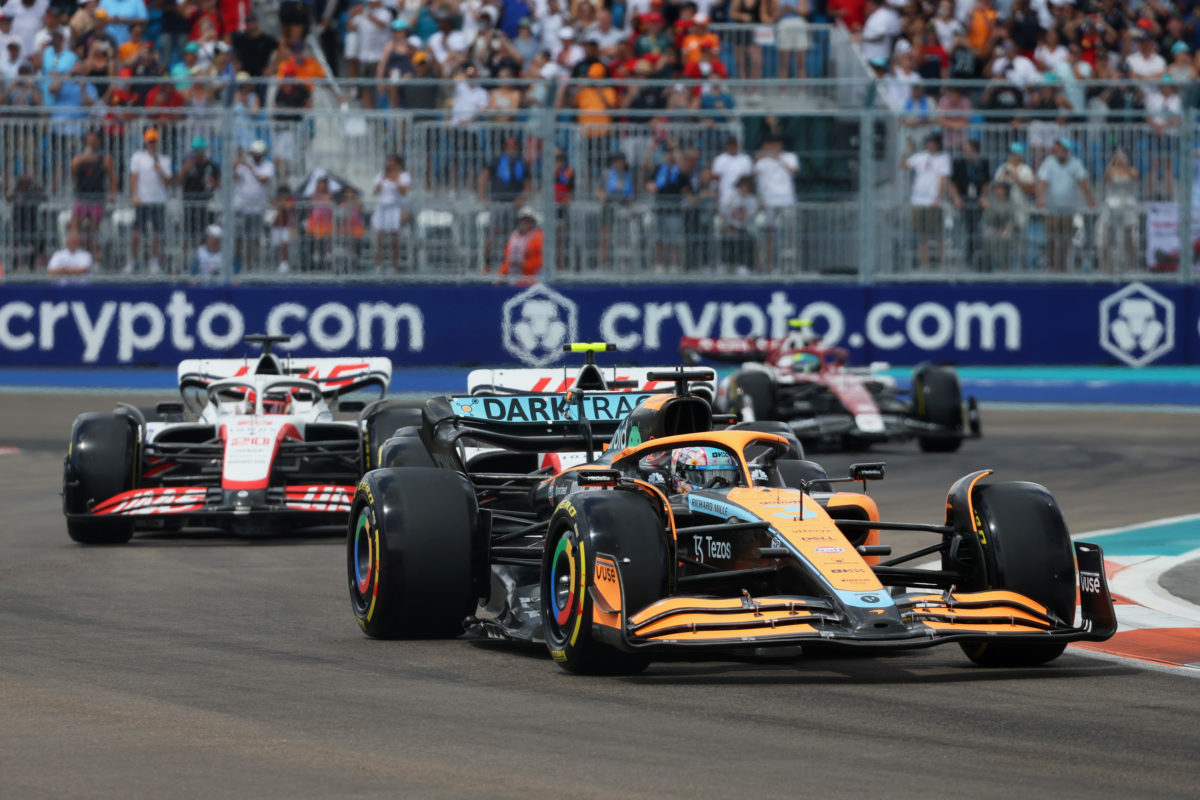

Local officials claim the inaugural Formula 1 Miami Grand Prix provided a boost of nearly $500 million to the economy.
According to Miami Grand Prix CEO Richard Cregan, an Economic Impact Report details the specific fiscal benefits to the South Florida and Greater Miami regions, including Miami Gardens.
“We were proud to deliver on the commitment Stephen Ross (owner of the Miami Dolphins, and the precinct the Miami GP was held in) made to impact the local economy and the people throughout our community; especially right here in Miami Gardens,” Cregan said.
“Our team worked selflessly to create a campus and experience that was unique to the international culture of Miami.
“We look forward to growing the event and the positive impact it will continue to make here for years to come.”
Held in May, the first-ever Formula 1 Miami Grand Prix took place around a 19-turn circuit known as the Miami International Autodrome, built around Hard Rock Stadium in Miami Gardens.
The event attracted over 243,000 spectators across the three days.
The report highlights the overall economic impact of the race which it claimed rivalled, if not exceeded, other events held in the South Florida market area.
It also predicted the operational and net visitor spending impacts are likely to recur in future years and have the potential to expand as the event matures.
Visitor spending in the Greater Miami region during race week is claimed to have reached over $213 million while the average visitor to Miami for the race spent a total of $2,765 in the city, nearly double the typical non-Formula 1 visitor.
Initial planning on the venue in Formula 1 started in the spring of 2019, with the ground broken in April 2021.
A total of $71 million in salaries and wages were earned by 867 local employees during construction.
The report concludes that the total economic impact of the track construction reached approximately $203 million when the indirect (vendor purchases) and induced (employee spending) impacts are considered.
The Miami Grand Prix is slated to take place for at least the next nine years.






















Discussion about this post